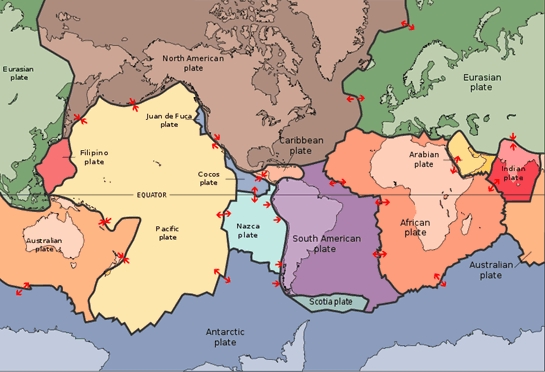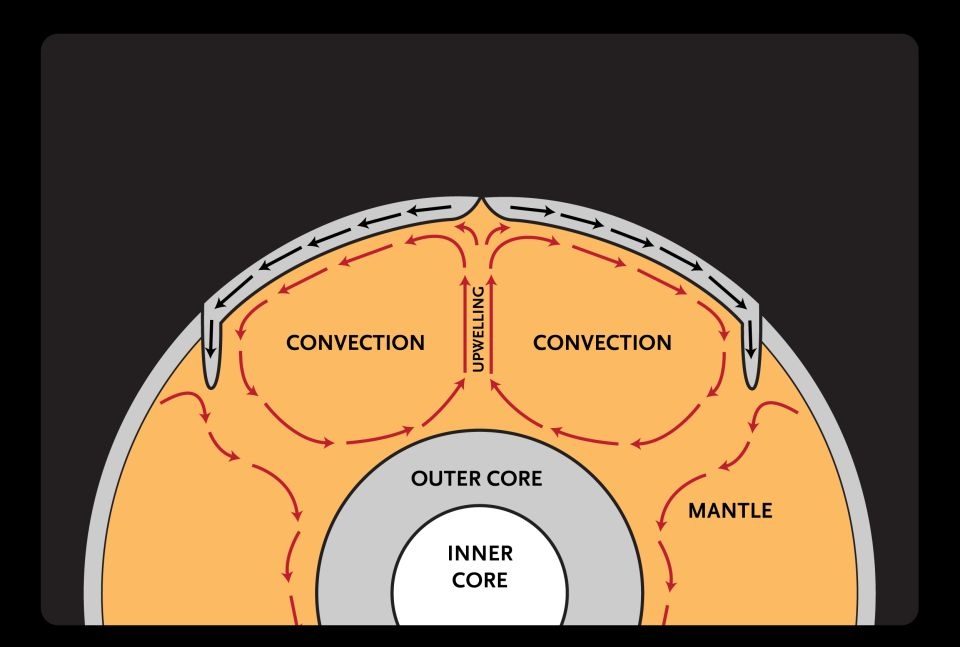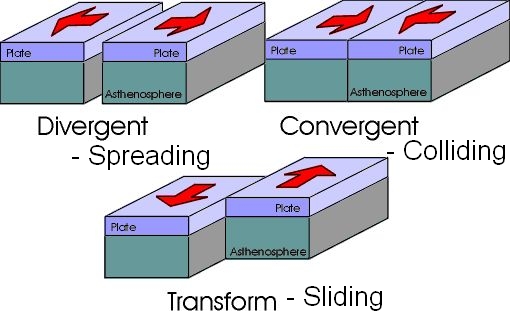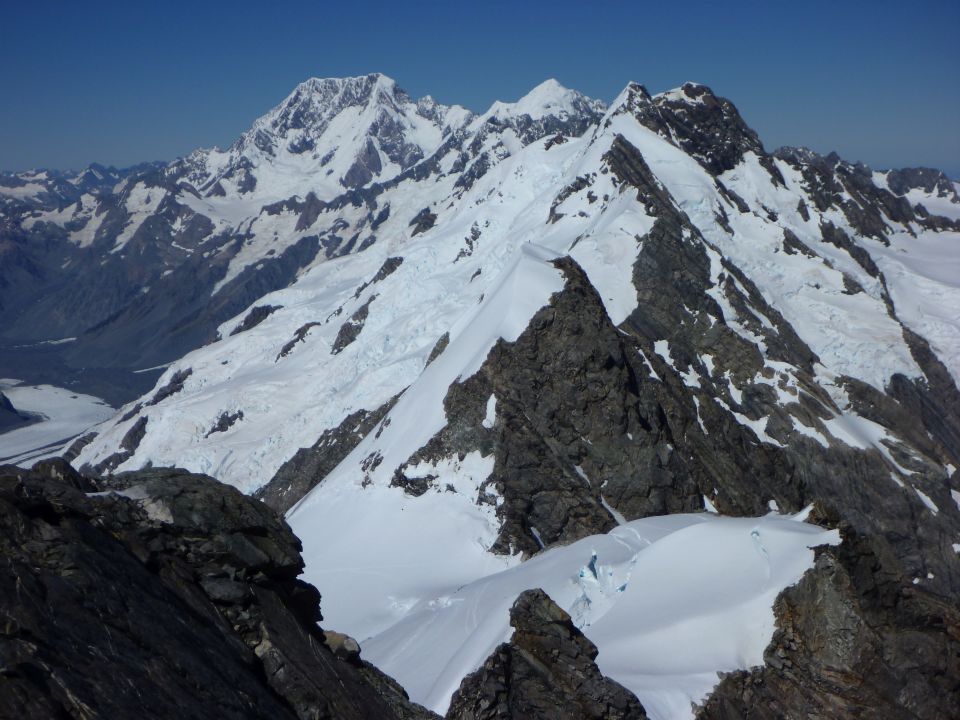You can contact LEARNZ, part of CORE Education, at:
Postal Address:
PO Box 13 678,
Christchurch 8141,
New Zealand
Earthquakes and volcanoes would not happen if the Earth's crust was solid and did not move. The theory of continental drift explains how the continents have moved over time due to plate tectonics.

250 million years ago the Earth's continents were joined together in one giant super-continent called Pangaea. Slowly, over millions of years, Pangaea broke in two and drifted apart forming the smaller continents of today.
In 1912 the German scientist Alfred Wegener came up with a theory of 'Continental Drift'. The theory explains how the Earth's land masses moved to where they are now. The theory was based on the Earth’s continents once fitting together like a giant jigsaw puzzle. Continental drift explains how similar animals and plants lived in countries now widely separated by ocean, and how mountain ranges in different continents were once joined.

Our understanding of how the continents move has improved. The theory of continental drift has now been replaced with the term ‘plate tectonics’. On the Earth today there are seven large plates and many smaller ones. The plates move in slow motion and are always changing shape. It is thought that convection currents in the mantle of the Earth provide the energy to move the tectonic plates.
The tectonic plates are always moving. Movement can range from a few millimetres to a maximum of about 15cm per year. Plates are made of blocks of continental and oceanic lithosphere (crust and upper mantle). Oceanic crust is usually about 10km thick while continental crust is about 30–50km thick. With crust and upper mantle combined, the slabs of lithosphere are between 40 and 200km thick.

At the edge of the tectonic plates one of three things can occur:
A spreading boundary is also known as a divergent boundary - when two plates move apart magma, or molten rock, can rise from inside the Earth to fill in the gap. This can form rift valleys on land or ocean ridges on the seafloor (eg the Atlantic Ocean).
A colliding or convergent boundary can create different landforms depending on what type of plates are colliding:
A sliding or transform boundary can lead to earthquakes when the two plates do not slide smoothly against each other. The plates build up stress then release this with a burst of movement felt as an earthquake.


New Zealand sits on the edge of two tectonic plates, the Australian and the Pacific plates. This makes New Zealand geologically active with many earthquakes, geothermal areas and volcanoes.
This plate boundary has shaped New Zealand: The movement of these two tectonic plates forms the New Zealand landscape that we know and love.
Ready for a quiz? Try the Land on the Move interactive activity.
The Australian and Pacific Plates move differently in different areas;